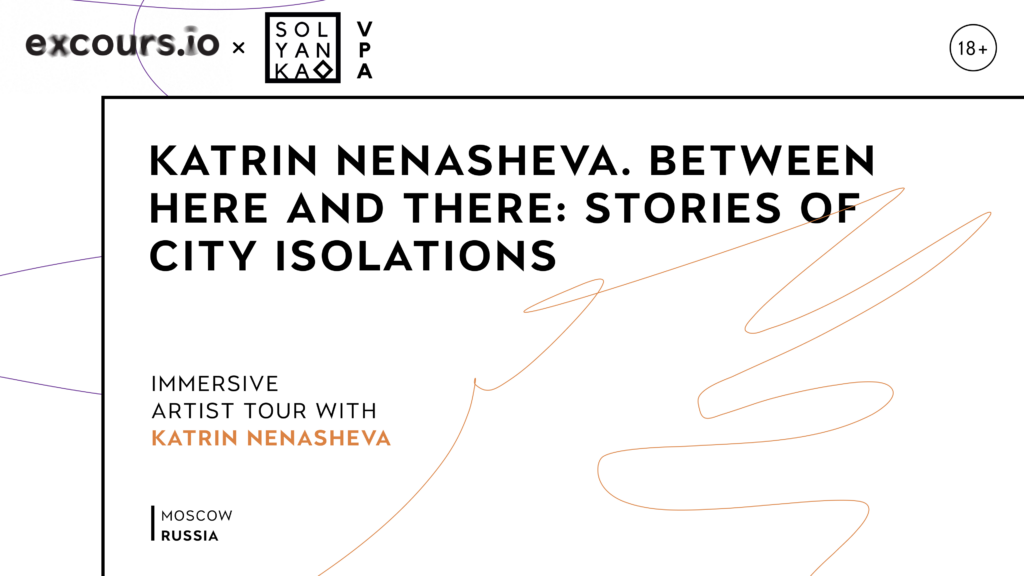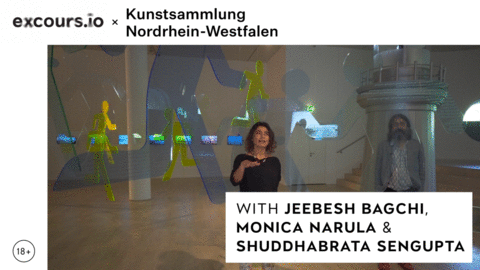In a nutshell
Human perception of time often resembles a collage — fragmented and layered, shaped by memory and experience. Berlin-based artist Maya Schweizer captures this complexity through her unique language of short film. In her work, everyday spaces become carriers of memory, interweaving found footage, situational observations, and soundscapes to create immersive, multifaceted narratives. Schweizer’s art subtly explores the intricacies of cultural identity and the role individuals play as political actors, encouraging deeper reflection on how we engage with our surroundings and their embedded histories. In her solo exhibition Stimmen (Voices) at the Museum Villa Stuck, composed of 10 films spanning the past 14 years, Schweizer gives voice to those who have disappeared, recounting stories of violence, memory, and loss, particularly within the context of German history and Munich’s past. By blending personal and collective histories, her work oscillates between documentation and staged reality, using urban spaces as laboratories for examining overlapping historical layers. As viewers dive into the culture of remembrance, Schweizer uncovers new and often unsettling depths of human memory, sparking a reflection on the invisible ties between people, places, and their histories.
Why should you watch this?
Curators
Sabine Schmid
Bio
Sabine Schmid, Dr. phil., is a German art historian and curator based in Munich. She works at the Museum Villa Stuck and teaches at the Academy of Fine Arts Leipzig. Schmid’s research focuses on post-1945 German-German and contemporary photography, exploring themes such as the visual legacy of the GDR. She also investigates the book as an artistic and curatorial medium, both theoretically and as a practicing editor. Schmid studied art history, literature, and theatre in Munich and Paris, and cultures of the curatorial in Leipzig.
Michael Buhrs
Bio
Michael Buhrs, born in 1971, is an art historian and has been the director of the Museum Villa Stuck in Munich since 2007. Under his leadership, Villa Stuck has become a renowned venue for international exhibitions that bridge art around 1900 with modern and contemporary works. Buhrs is known for creating immersive cultural experiences, such as the exhibition Der Stachel des Skorpions, inspired by Luis Buñuel’s L’Âge d’or, which offered visitors a behind-the-scenes look at curatorial processes. He actively fosters connections within Munich’s art scene, advocating for dynamic engagement with diverse artistic voices.
Artist
Maya Schweizer
Bio
Maya Schweizer, born in 1976 in Paris, is a Berlin-based artist whose multidisciplinary works explore memory, identity, and the socio-political dimensions of urban spaces. Utilizing mediums such as photography, video, and installation, her art uncovers the layers of history embedded in public spaces. Schweizer studied in Aix-en-Provence, Leipzig, and Berlin, where she was a master student of Lothar Baumgarten. Her works have been exhibited globally, including solo shows at the Kunsthalle Baden-Baden and the Museum Villa Stuck, and she has won awards like the HAP Grieshaber Prize and Dagesh Art Prize.

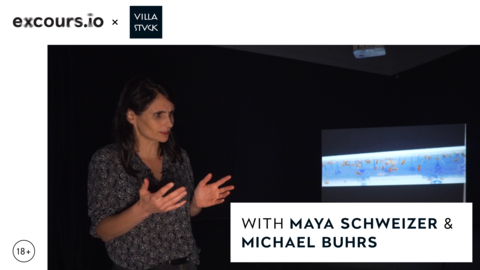
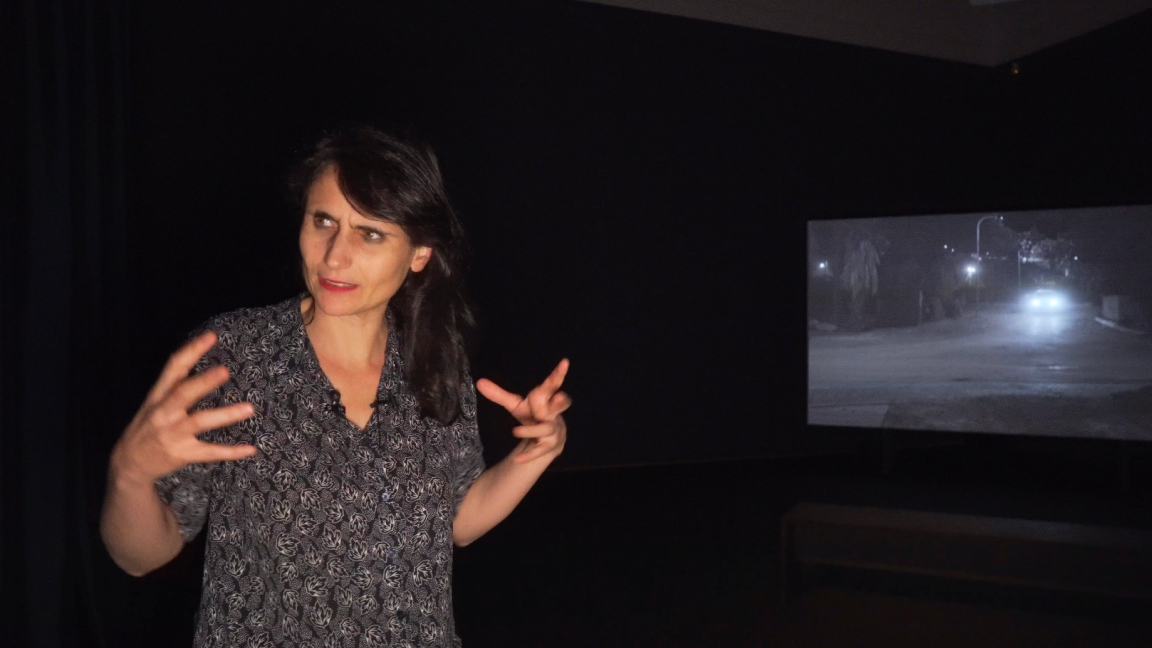


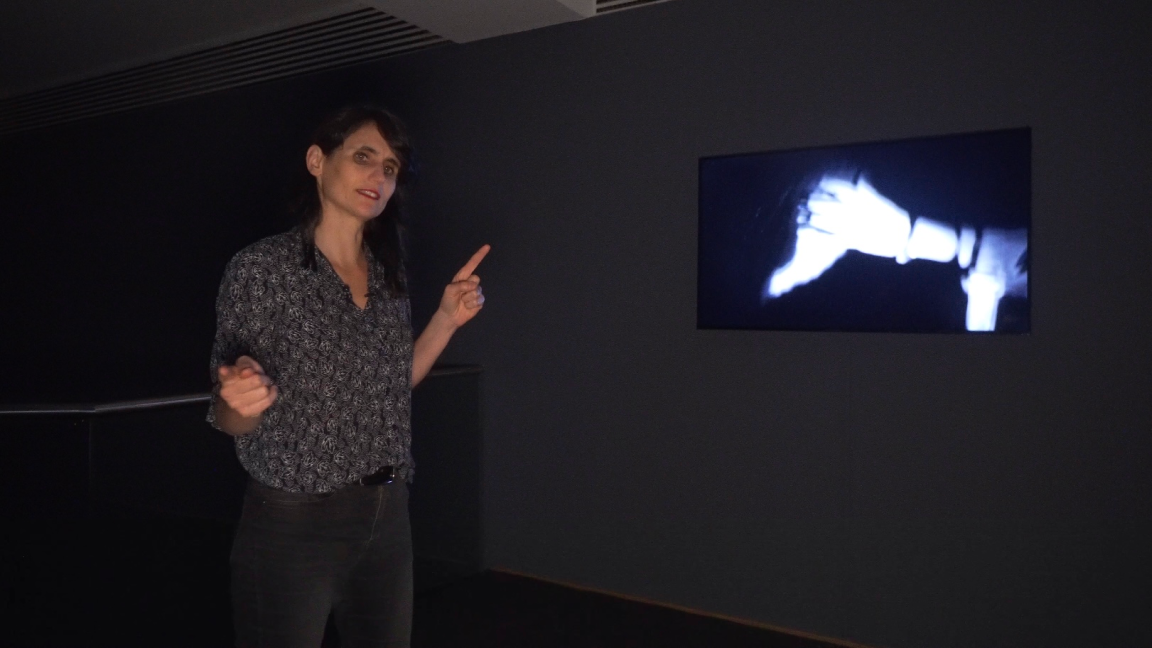
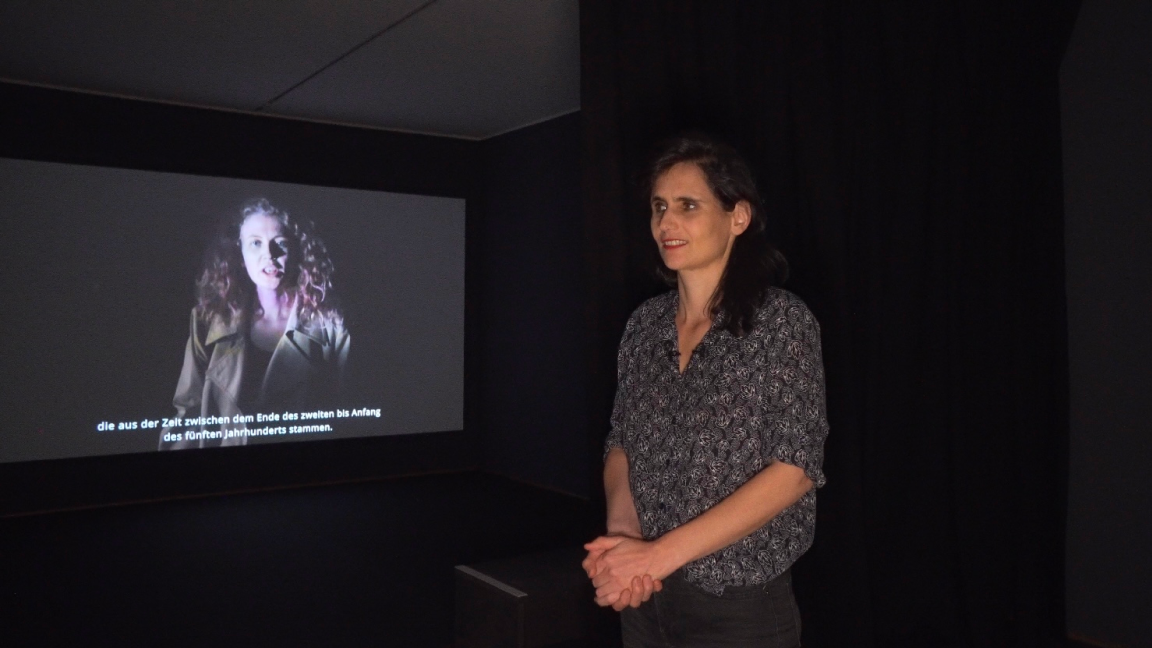
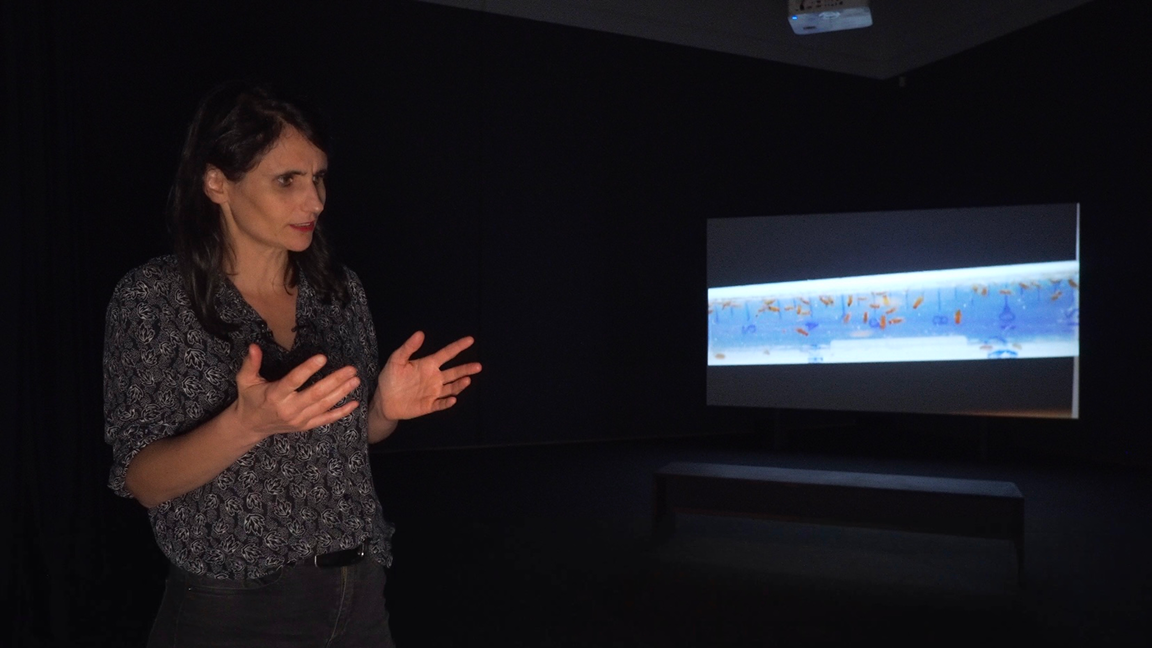
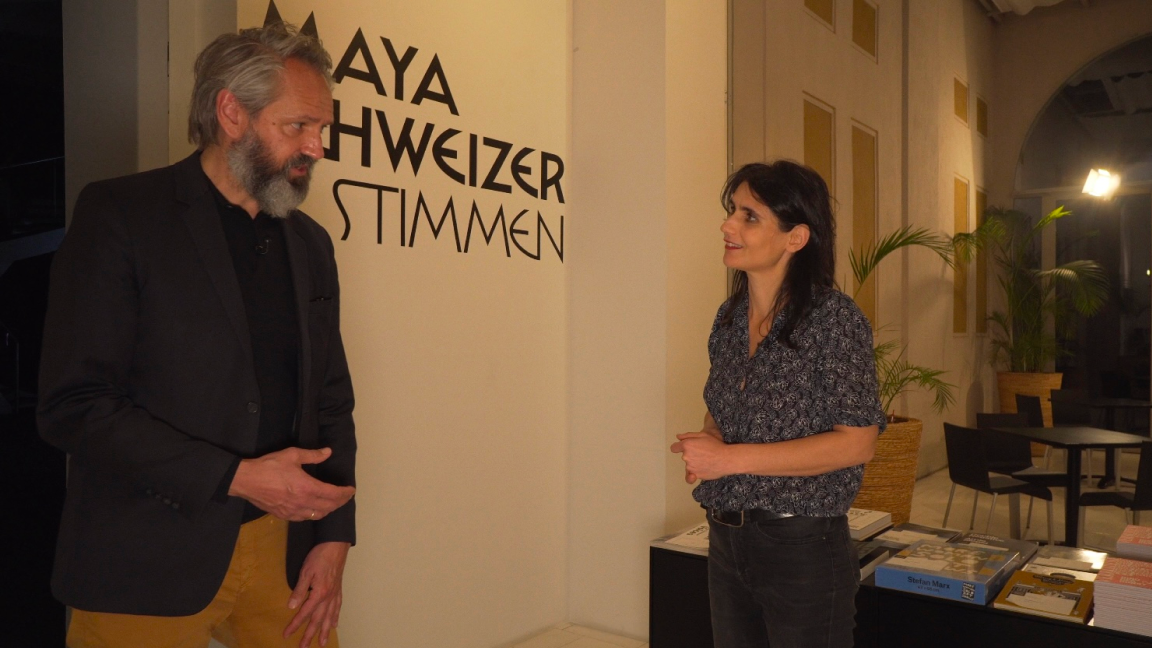
 English
English
